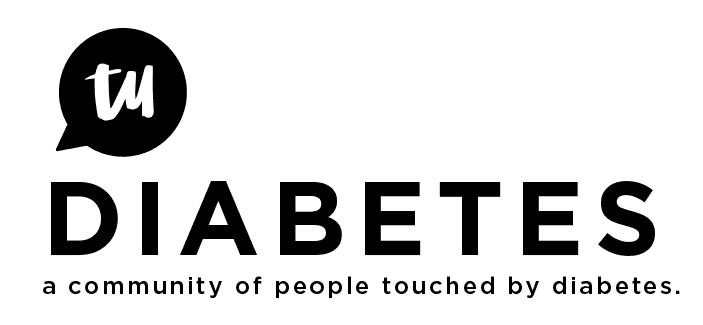This advice on protein sounds dubious–unless the dietitian meant “3-4 oz of lean protein per meal.” And then you should also have a recommendation on including 2 or so servings of low-fat dairy daily, which also give you protein. Protein helps with making a person feel full. As mentioned in previous posts, kidney disease and lactose-issues would be possible reasons the protein/dairy allowance might be very low.
The advice on carbs (about 45 grams per meal) is the standard guideline for a small woman or a woman trying to lose weight, according to the American Dietetics and American Diabetes associations.
You’ll find that not everyone agrees with that carb count (which typically puts a person at 45-60% of their calories per day from carb sources–but that’s counting all these important food groups: grains, starchy veg, non-starchy veg, fruit, dairy). The associations do advocate that the carb sources be fiber-rich, nutrient-rich (whole fruits and veggies with fiber-rich skin, whole grains, minimally processed foods) and eaten in conjunction with proteins and healthy fats. I think the unfortunate part of the message that gets lost when a dietitian says “eat ___ grams of carbs per meal” is that the dietitian wants a person to eat fiber-rich, highly nutritious carbs–an area of eating in which most adult American do a dismal job.
The advice on vegetables not counting as carbs is simplistic but typical of the basic carb-counting advice given to people with type 2 who don’t use any meds or some meds but no insulin. That’s because many people with type 2 who use diet/exercise/metformin/weight loss to control blood sugar levels can often get good results with basic carb counting rather than advanced carb counting (in which every gram needs to correlate to dose of rapid-acting insulin). This is because, in part, they are secreting some of their own insulin.
In reality, all vegetables–even the non-starchy ones like spinach, brocolli, red peppers–have some carbs. Granted, they have fewer carbs than the starchy vegetables like corn, peas, potatoes.
With basic carb counting, however, if you eat the recommended 1-2 servings (1/2 cup cooked or 1 cup raw each) of veggies per meal and make some of your own insulin, the non-starchy veggies (at approx. 5-10 grams of carb) may not have much effect on your blood glucose and thus you may not really need to count them. Plus, when a person is limiting overall calories to lose weight, it’s nice to have one food group from which you can graze in relative abundance! But you CAN count the vegetables in non-starchy carbs if you want to.
When hearing unpleasant and confusing medical advice, it is very easy to tune out (been there, done that).
Consider calling the dietitian to confirm your understanding of the eating plan she has proposed (which sounds like has the dual goals of helping you lose weight and controlling your blood glucose levels) or find a new dietitian!
How many calories does the eating plan allot you daily? Most studies have shown that it really doesn’t matter what type of “diet” you use to lose weight (fewer carbs, less fat, more protein, whatever), it’s cutting calories, period. Of course with diabetes, the eating plan needs to cut calories but also help control blood glucose, blood pressure, and cholesterol, too.
Whatever the eating plan, it needs to work for you and be something you feel determined to do. Then, the other things that need to be in place are daily exercise, a food journal, and one-on-one or group counseling. Let us know how it goes!
PS: If metformin “doesn’t do anything” for you and your blood sugars are not controlled, please don’t rely just on eating/exercise. It may be that your body has started secreting less insulin (which happens as type 2 progresses) and you need to add another blood glucose-lowering pill, a weight-neutral injectable like Byetta, and/or insulin.
